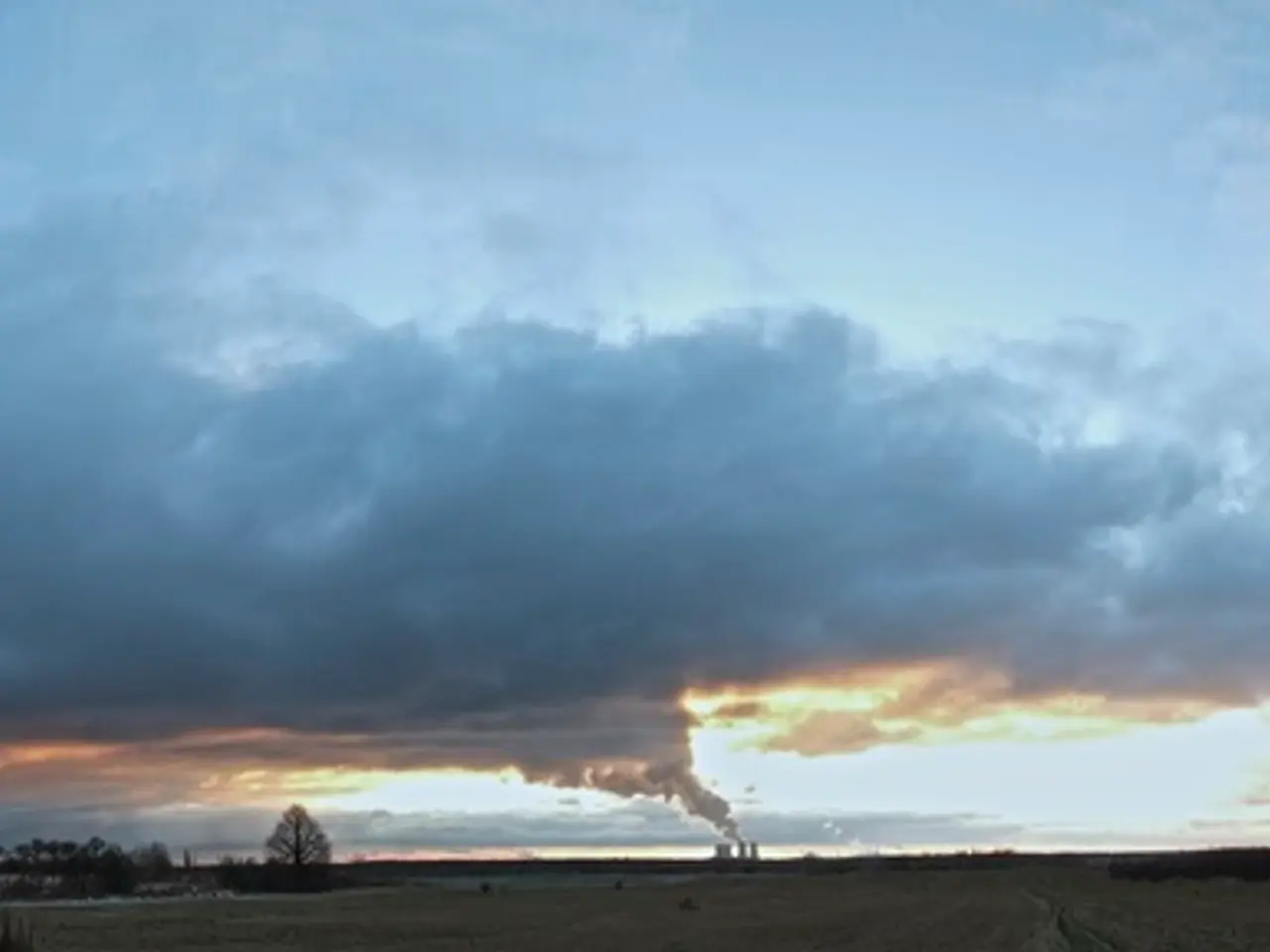Significant decline in US carbon dioxide emissions linked to energy use by 20% since 2005, according to Energy Information Administration data.
In a notable development, per capita carbon dioxide emissions from energy consumption have decreased in every U.S. state between 2005 and 2023, according to the U.S. Energy Information Administration (EIA). This decline has been attributed to various factors, including increased electricity generation from natural gas, wind, and solar energy, and a decrease in coal generation.
Leading the pack in this emission reduction are Maryland and the District of Columbia. Maryland saw a 49% decrease, making it the state with the lowest per capita CO2 emissions in 2023 at 7.8 metric tons of CO2 (mtCO2). The District of Columbia, meanwhile, witnessed a 48% drop and currently has lower per capita CO2 emissions than any state, tying its record low of 3.6 mtCO2 in 2023.
The shift in the electricity generation fuel mix away from coal and toward natural gas, wind, and solar is a significant contributing factor to the decline in CO2 emissions in the electric power sector. This sector has seen a faster decline in CO2 emissions compared to the transportation sector since 2007. However, the transportation sector is now responsible for the largest share of emissions from energy consumption across more states than the electric power sector was in 2005.
Nationwide, the total CO2 emissions fell by 20% during this period, despite a 14% increase in the U.S. population. Notably, the U.S. region with the lowest per-capita CO2 emissions in 2023 is not explicitly stated in the provided search results.
The EIA forecasts a 1% increase in total U.S. emissions from energy consumption this year. This increase is partly due to more recent increased fossil fuel consumption for crude oil production and electricity generation growth. It is important to note that natural gas releases about half as many CO2 emissions per unit of energy when combusted as coal.
Non-CO2-emitting wind and solar generation also played a role in the decrease in CO2 emissions. In 2023, the transportation sector was responsible for the largest share of emissions from energy consumption across 28 states. Idaho had the least decrease in emissions, with a drop of 3%, while Mississippi also had a small decrease of 1%.
The decrease in per capita emissions is a positive step towards addressing climate change. However, it is crucial to continue efforts to further reduce emissions and transition towards renewable energy sources to ensure a sustainable future.
Read also:
- Celebrated Title: Cheesemakers Blessed Upon
- Construction and renovation projects in Cham county granted €24.8 million focus on energy efficiency
- Threat looms over an ancient rock art site in Australia as the government prolongs the existence of a giant gas facility nearby
- Weekly proceedings in the Federal Diet (Bundestag)








